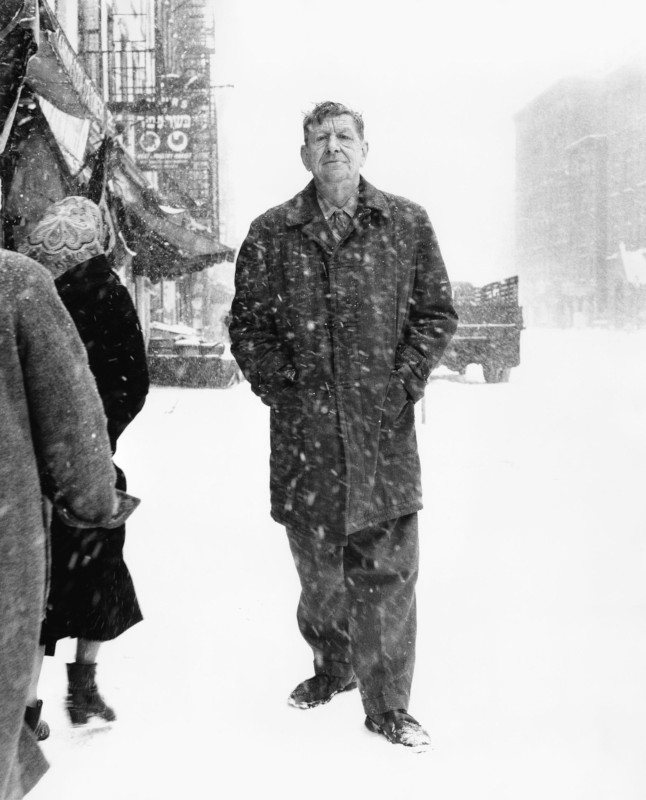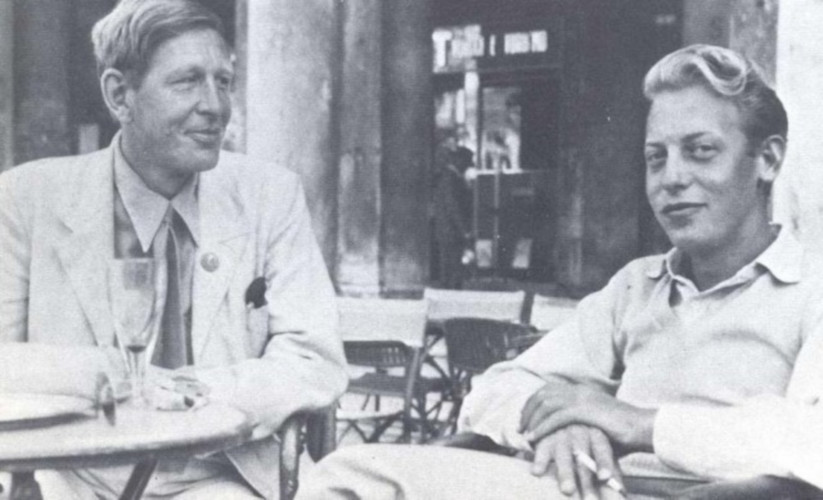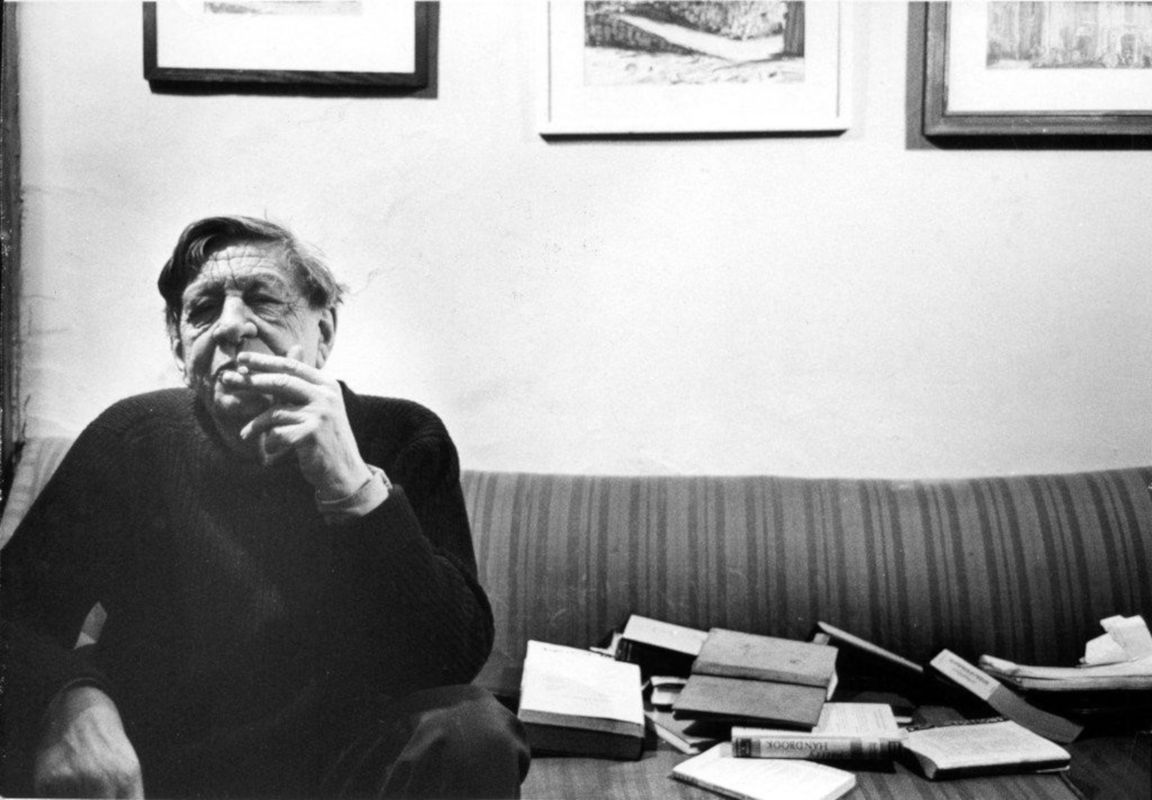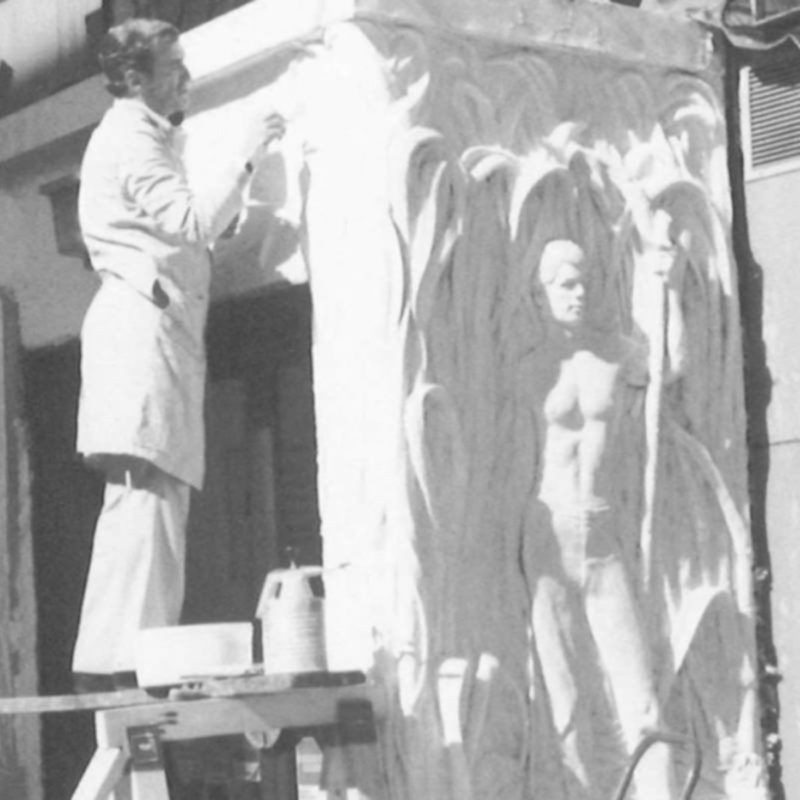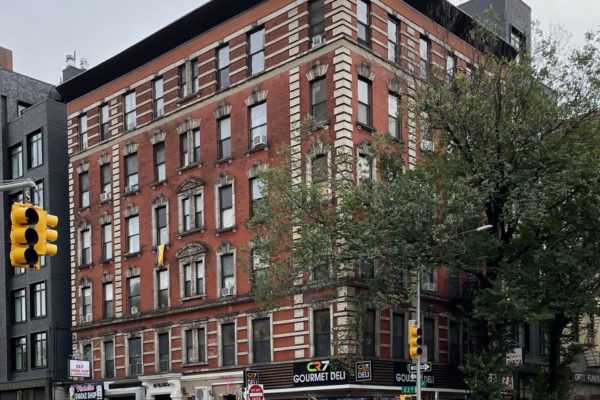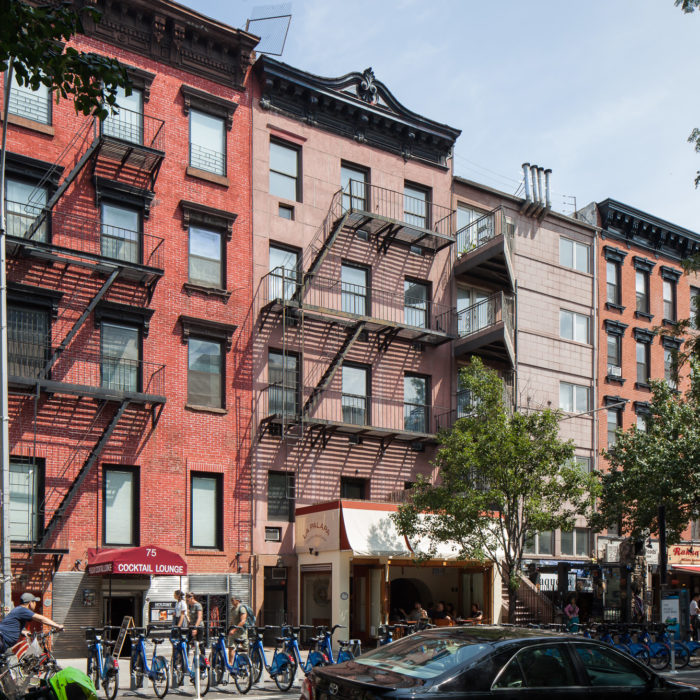
W.H. Auden Residence
overview
The influential poet, essayist, playwright, and librettist W. H. Auden lived at this address with his lover and collaborator Chester Kallman from 1953 to 1972.
He produced many notable works here at his second-floor apartment, which was his last home in the United States before his return to England.
On the Map
VIEW The Full MapHistory
W.H. Auden (Wystan Hugh Auden; 1907-1973) was born in York, England. By the 1930s his writing had become well known, and in 1939 he moved to the United States. That same year, Auden met and fell in love with fellow poet Chester Kallman (1921-1975). He regarded his relationship with Kallman as a marriage. Auden was heartbroken in 1941, when Kallman made it clear that he could not be faithful to a single man. The two men lived together for more than twenty years, and were close friends and frequent collaborators as well as lifelong companions.
In 1948, Auden wrote a poem entitled “The Platonic Blow” (sometimes reffered to as “A Day for a Lay”), an erotic poem about sex between men. It circulated amongst his friends and fans for years before Ed Sanders printed an unauthorized version in 1965. Auden publicly denied authorship of the poem, which was considered to be “too dirty for the New York Times” as recently as 2008. After moving to a second-floor apartment at 77 Saint Marks Place in 1953, Auden produced many of his significant later works, including The Shield of Achilles (1955), Homage to Clio (1960), About the House (1965), and City Without Walls (1969). He also collaborated with Chester Kallman on several opera librettos during this time, including Elegy for Young Lovers (1961) and The Bassarids (1966).
Auden inhabited a variety of New York City addresses before his move to Saint Marks Place. These include the George Washington Hotel at East 23rd Street and Lexington Avenue, 1 Montague Street (demolished) and 7 Middagh Street (demolished), both in Brooklyn Heights. Auden’s living quarters at 77 Saint Marks Place were notoriously run down. In the wintertime the building would get so cold that the plumbing would freeze, forcing him to use the toilet at a liquor store down the street.
Despite the ramshackle nature of his dwelling, Auden had a clear affinity for his neighborhood. In 1972, he penned a goodbye op ed in the New York Times on the eve of his departure for Christ Church College, Oxford. In it, he writes:
New York… is not simply a metropolis: It is also a city of neighborhoods, and I consider myself extremely fortunate in the one where I have lived for the past twenty years. (To me it will always be the Lower East Side, never The East Village.)
Auden died in Austria just one year after leaving New York, in 1973. In 1982 a commemorative plaque was installed on the building at 77 Saint Mark’s Place. It read: “Wystan Hugh Auden lived here from 1953 to 1972”. It was stolen in 1997 and was never replaced.
Entry by Sarah Sargent, project consultant (June 2019).
NOTE: Names above in bold indicate LGBT people.
Building Information
- Architect or Builder: Unknown
- Year Built: 1844-45; raised and altered 1875-76
Sources
Ben Brandstein, “Trotsky, Auden, and the Abortionist: The Radical History of 77 St. Marks,” Bedford and Bowery, December 18th, 2017, bit.ly/2XtywIL.
“How Dirty is That Auden Poem that Was Too Dirty for the ‘Times Book Review?,” Vulture, March 17th, 2008, bit.ly/2ZKdYJv.
Josie Holford, “W.H. Auden and New York,” Josie Holford: Rattlebag and Rhubarb, January 26th, 2019, bit.ly/2FkIXEs.
Mariam Sami, “Poet in Motion: Auden’s Plaque Leaves Home,” The New York Times, July 27, 1997.
Monroe K. Spears, “W.H. Auden,” The Encyclopedia Britannica, bit.ly/2ZIfXhA.
W. H. Auden, “I’ll Be Seeing You Again Sometime, I Hope,” The New York Times, March 18th, 1972. [source of pull quote]
“W. H. Auden,” The Poetry Foundation, n.d., bit.ly/2E3aaMA.
Do you have more information about this site?
This project is enriched by your participation! Do you have your own images of this site? Or a story to share? Would you like to suggest a different historic site?
